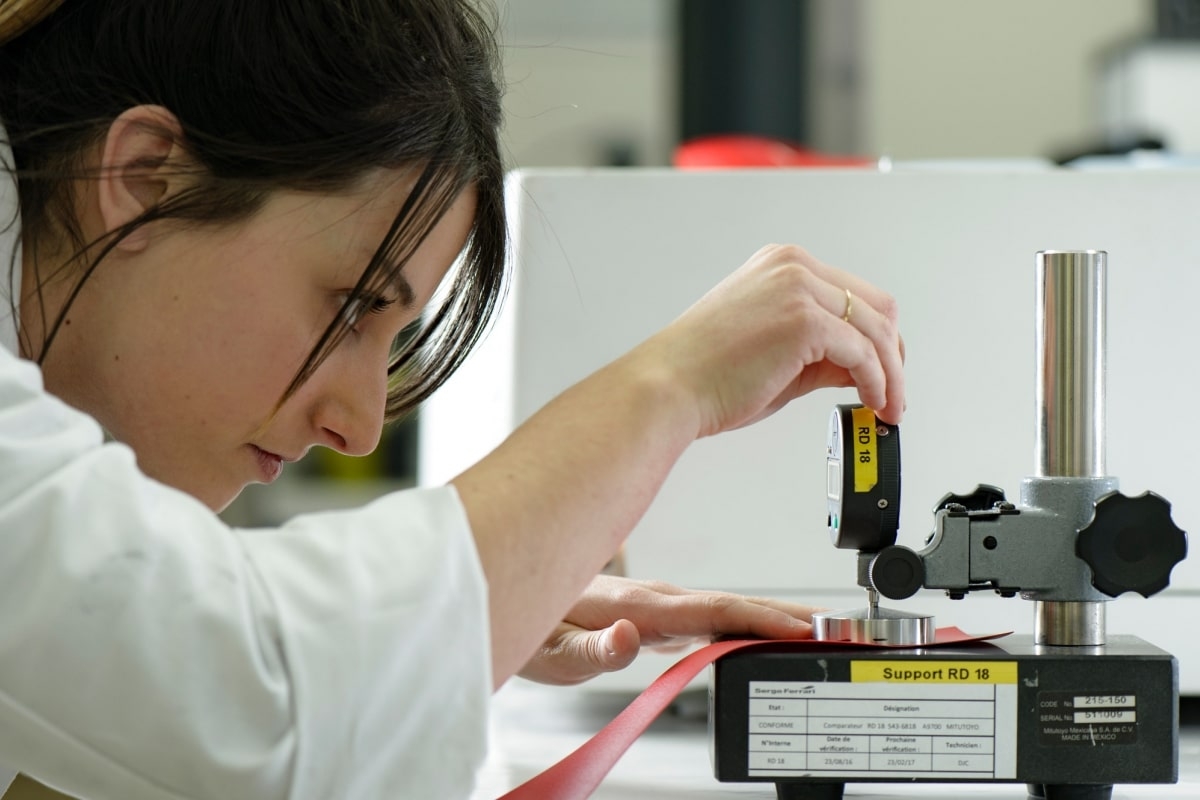With S+, Serge Ferrari goes beyond the Standards…


To allow you to assess these efforts and promote them to your customers, Serge Ferrari has created S+, a tool to establish the SANITARY AND ENVIRONMENTAL PROFILE of each of its composite materials.
S+ formalises Serge Ferrari's proactive approach in the field of sanitary and environmental performance, it is what the company does "above and beyond" its obligations. “S” is the level of regulations.
S+ is conform to the environmental communication norm, ISO 14021: exact, verifiable, pertinent, not misleading.
HEALTH PRECAUTION

• S: complies with REACH regulations
• S+1: substance of very high concern (SVHC *) < 0.1% (substances authorised by REACH but listed by the European agency)
• S+2: phtalate content < 5% (substances authorised by REACH and not SVHC*, but under observation)
• S+3: phtalate content < 0.1% (substances authorised by REACH and not SVHC*, but under observation)
*SVHC (Substance of Very High Concern)
REACH (“Registration, Evaluation and Authorisation of Chemicals”) is a European regulation, which came into force in 2007.
This legislation is designed to safeguard human health and the environment. Each chemical substance, starting from the most hazardous and common in volumetric terms, is registered and assessed to determine its toxicity.
Suppliers must inform their customers of any SVHC-classified substances, if content > 0.1%.
Furthermore, as a precaution, some substances are placed under observation by the international community, for example endocrine disruptors (e.g. certain phtalates). These are authorised by REACH, but we try to curtail their usage in sensitive applications until official conclusions are published).
INDOOR AIR QUALITY

• S: complies with usage-related legislation
• S+1: data available on Volatile Organic Component (VOC) emission
• S+2: A+ health labelling classification OR Greenguard certification
• S+3: A+ health labelling classification AND Greenguard certification
Indoor air quality has an impact on human health. It is obviously only considered for indoor applications.
Health labelling is a French regulation, which evaluates the proportion and dangerousness of VOC’s that can be emitted by a product.
Substance emission characteristics are formalised according to a scale of four classes ranging from A+ to C, Class A+ representing a very low emission level and Class C a high emission level.
The American Greenguard label has similarly intentions, but imposes very regular monitoring of certified products.
ENVIRONMENTAL FOOTPRINT

• S: no assessment
• S+1: generic assessment for an industry
• S+2: specific assessment of an identified supplier
• S+3: specific assessment of composite material make-up
No existing regulations require material environmental studies.
The EN 15804 Environmental Product Declaration (EPD) for construction products is a standardised European notification of environmental data based on the ISO 14040-14044 Life Cycle Assessment (LCA), which forms the basis of every environmental impact study and is performed for each sector based on common Product Category Rules (PCR).
The FDES (Fiche de Déclaration Environnementale et Sanitaire) is a French EPD for the construction industry.
S+1: environmental impact assessment is collectively performed using average generic data for several factories, different suppliers and product
families. Its results are therefore highly generic.
S+2: for greater accuracy and relevance, these assessments are performed for an identified supplier’s production sites and correspond strictly
to a referenced product.
S+3: to further our knowledge of global impacts, environmental impact assessments include composition and, in some cases, usage.
CIRCULAR ECONOMY

• S: dump site*
• S+1: recyclable in accordance with ISO 14021
• S+2: effective recycling through Texyloop
• S+3: integration of at least 20% recycling-sourced material
The circular economy aims to produce goods and services, while strictly limiting the consumption and wastage of raw materials and non-renewable energy sources. This is why it encourages recycling. For a product to be recyclable, in the sense of ISO 14021, there must be operational technology, an accessible collection network and industrial recycling capacity.
The recycling of Serge Ferrari products using the Texyloop process offers the advantage of producing second generation, low impact materials.
The act of integrating into a product a significant percentage of recycled material (original production waste excluded) is a step towards resource conservation.
* The vast majority of PET/PVC composites from manufacturing and building industries is buried since these materials are rejected by alternative fuel energy recycling facilities,
due to the furnace corrosion they cause.
RENEWABLE CONTENTS

• S: no biobased constituents
• S+1: biobased carbon content between 1% and 10%
• S+2: biobased carbon content between 11% and 30%
• S+3: biobased carbon content over 30%
Biobased constituents are products that come partially or totally from biomass, i.e. produced by living organisms (plants, algae, animals, etc.)
The reference standard for measuring biomass carbon content is ASTM 6866, which enables the young (renewable from biomass) and old (fossil) material content of a product to be determined. Percentages represent biomass-sourced carbon with respect to total carbon quantity.
